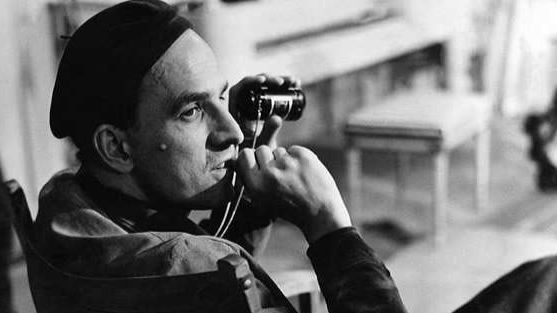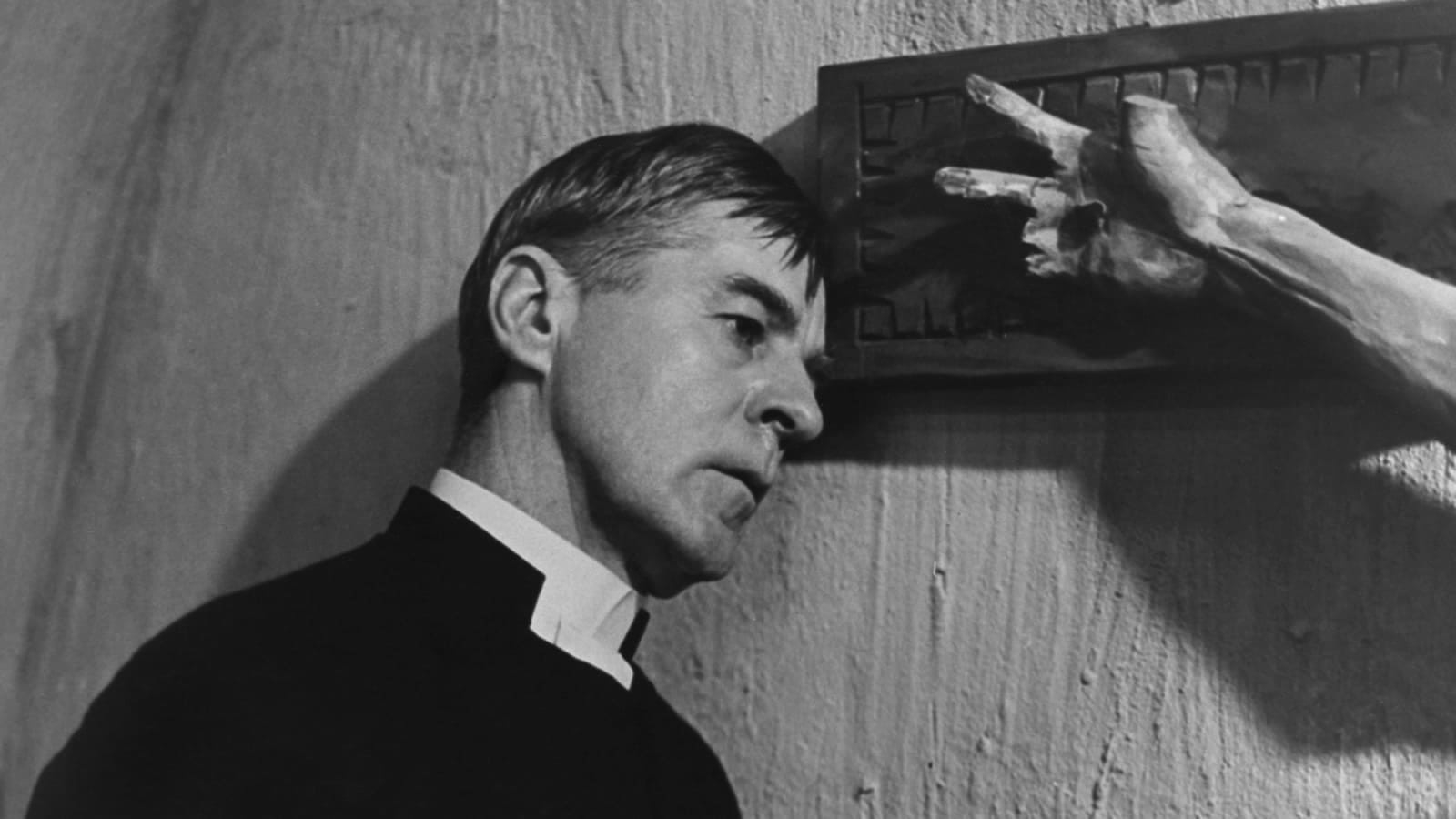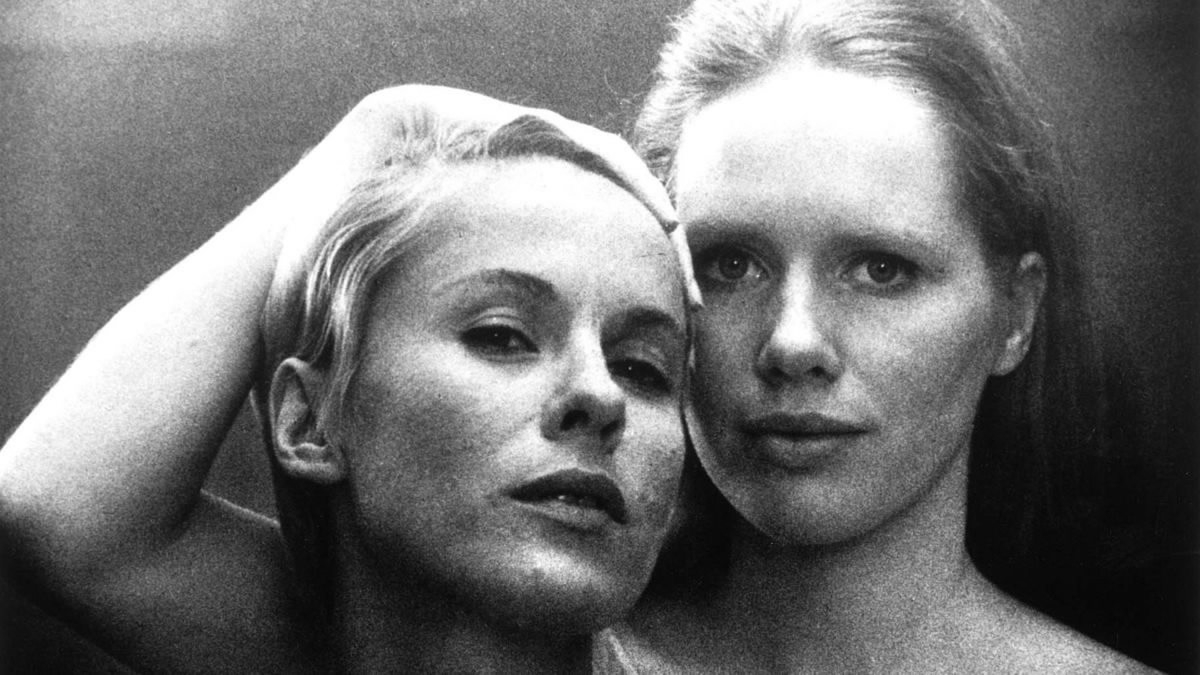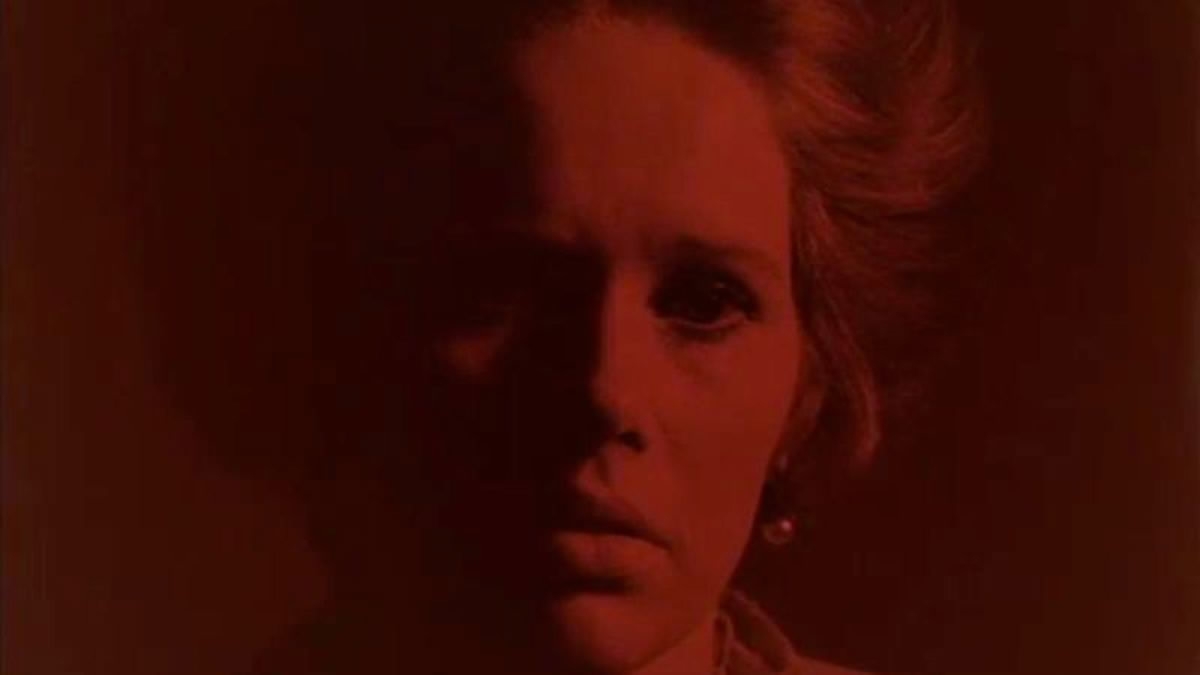
Culture
07:15, 21-Apr-2018
Ingmar Bergman at BJIFF 2018
Josh McNally

As part of its programming, the 8th Beijing International Film Festival (BJIFF) is running a series of retrospectives for filmmakers from all across the globe including Sergio Leone, Akira Kurosawa and Jean-Luc Godard – but nobody is getting as comprehensive a season as Ingmar Bergman, who has 14 films being shown this week, including his three personal favorites.
He often worked the same actors, shot in the same locations – almost all his major works in the 1960s were shot on the island of Faro – made films that centred on the same deeply personal existential themes, and did so in a way that with the benefit of hindsight makes them appear to be in conversation with each other; “Through a Glass Darkly”, “Winter Light” and “The Silence” were released in 1961, 1962 and 1963 respectively and all deal with the difficulties of faith – an issue that no doubt plagued Bergman all his life as his father was a Lutherian minister.

Gunnar Bjornstrand as Tomas Ericsson in "Winter Light" /Criterion Photo
Gunnar Bjornstrand as Tomas Ericsson in "Winter Light" /Criterion Photo
“Winter Light” tells the story of Tomas Ericsson, a pastor going through a severe crisis of faith who still has to try and provide religious answers for his flock as they face an increasingly faithless world.
Centered around a never better Gunnar Bjornstrand and featuring supporting performances from a palpably lovelorn Ingrid Thulin and Max Von Sydow, grappling with the existential weight of the Cold War, “Winter Light” is a darkly human drama that manages to avoid the grim, apocalyptic tone of Bela Tarr thanks to Bergman’s sharp scripting and deft camerawork.
“Persona", however, couldn’t be more different – even in 2018, it’s still an exceptionally unique movie.
The film is a two-hander starring Liv Ullmann and Bibi Andersson as a famous stage actress who has suddenly become mute and the nurse trying to help her recuperate. Over time, their relationship curdles into something of an obsession, and then evolves into something else entirely.

Bibi Andersson and Liv Ullmann in "Persona". /AB Svensk Filmindustri Photo
Bibi Andersson and Liv Ullmann in "Persona". /AB Svensk Filmindustri Photo
Primarily taking place in one location and rich with philosophical dialogue, “Persona” should be a simple film yet even on the second, third, fourth or hundredth viewing, it's still has a lot to reveal. This is partly because of Bergman’s experimentation; he completely breaks with standard cinematic convention, balancing in-camera trick photography with montaged editing to create a film that plays out from a completely psychological perspective – even more so than Soviet director Andrei Tarkovsky’s modernist masterpiece “Mirror”.
When people think of color in movies, they don’t tend to think of Ingmar Bergman, who spent over thirty years working in monochrome, but even afterwards when he started working in color, discussions of the most colorful movies tend to gravitate towards those of Italy’s giallo movement or the vibrant melodramas of the 1950s, but no movie has ever defined the color red like “Cries and Whispers”.

Liv Ullmann in "Cries and Whispers". /Svensk FIlmindustri Photo
Liv Ullmann in "Cries and Whispers". /Svensk FIlmindustri Photo
Agnes, played by Harriet Andersson, is dying of cancer and her daughters come to visit her at their mansion, that’s decorated almost entirely in white, black and a brutal crimson.
It’s one of Bergman’s rare period pieces and, as with “The Seventh Seal” – arguably his most famous movie – at least, famous enough to be parodied by both “Bill and Ted’s Excellent Adventure” and “Last Action Hero” – he uses the setting for more than simple aesthetic pleasures. The fin-de-siècle estate begins to feel cursed as we learn, though Bergman’s usual mix of conversation, flashback and non-diegetic dialogue, of the tragedies this family has been through.
The BJIFF runs until April 22.

SITEMAP
Copyright © 2018 CGTN. Beijing ICP prepared NO.16065310-3
Copyright © 2018 CGTN. Beijing ICP prepared NO.16065310-3